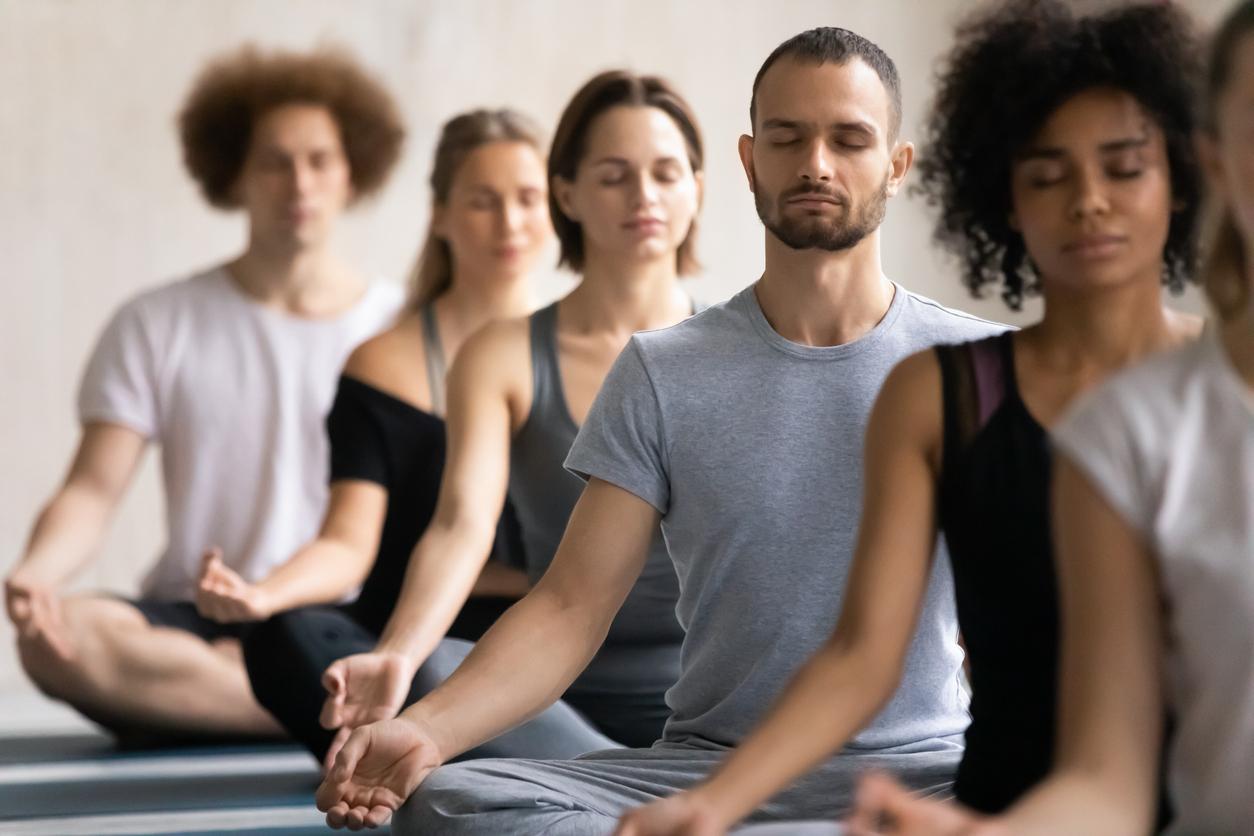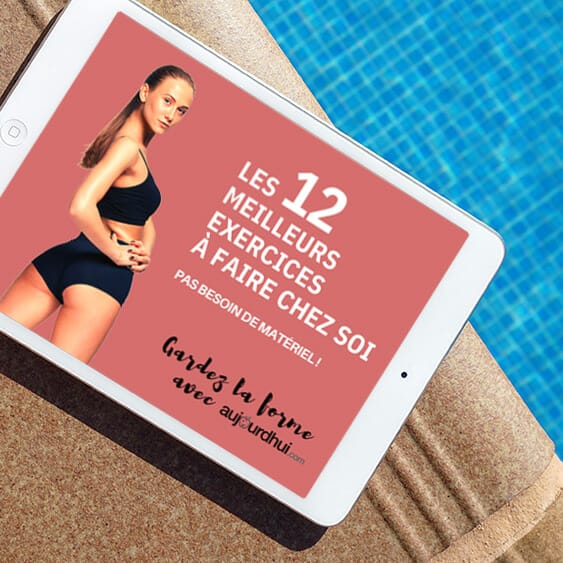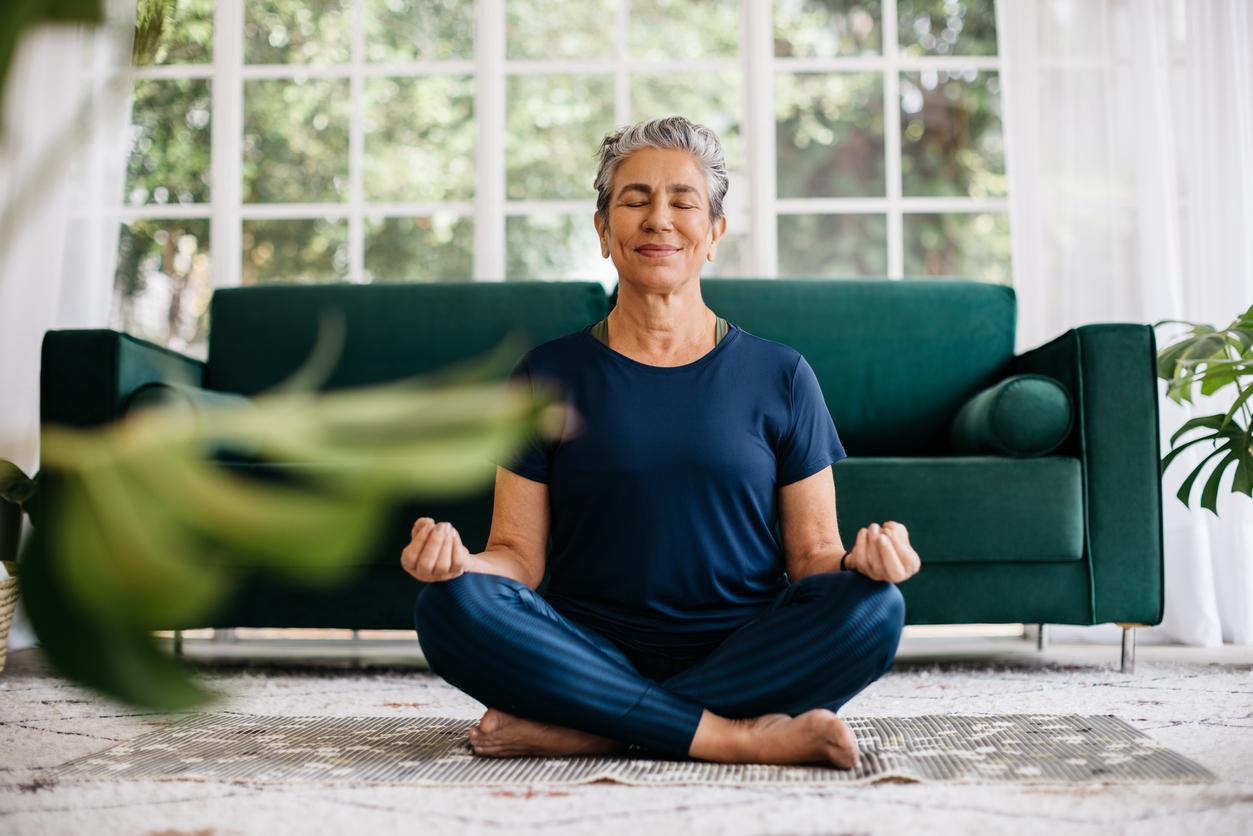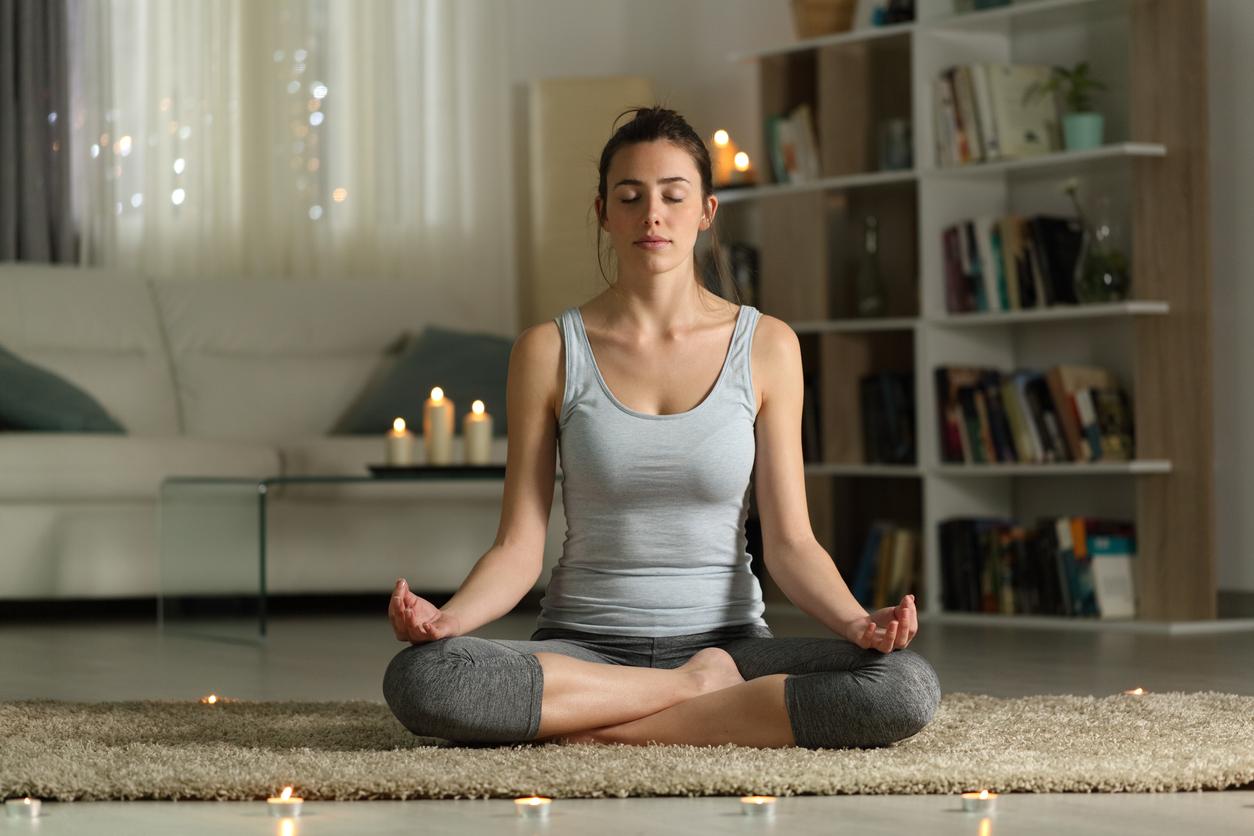- We free ourselves from received ideas
No, meditating does not mean “emptying your head” or (worse) “not thinking about anything”! On the contrary :Practicing mindful meditation means “being fully present to yourself”.
Like a calm and attentive observer, we watch our thoughts, our sensations, our ideas, our emotions pass by… without trying to modify them. We (simply) focus on ourselves, without any particular objective. “Meditating is the opposite of watching TVexplains Fabrice Midal, author of meditation practice (ed. The pocket book). When we watch television, we are completely absorbed in this activity. We forget ourselves.“
- We adopt a (good) posture
First step in learning to meditate: adopt “the” posture that will allow us to reconnect with our bodily sensations. Meditation is practiced in a seated position: ideally, one sits cross-legged (Buddhist masters explain that crossed legs symbolize deep unity); your back straight (as if you were connected to the sky by a thread); the eyes open but the gaze directed on a point downwards, in front of the feet. The hands rest on the knees, the mouth can be ajar.
“Sit with the solidity and dignity of a mountainadvises Fabrice Midal. Thinking of chocolate ice cream? Don’t get up to open the freezer: stay seated, let your thoughts flow. Want to call a friend? Stay still: accept the emotions that pass through you, observe them.“
- We make adjustments
Meditation is not a fixed practice – and fortunately! For example: if the posture “ideal for meditation” is described above, the important thing is to seek stability and comfort. People who suffer from joints will be able to meditate on a chair, on a cushion… or even on a bed!
Ditto: if the masters in meditation recommend daily sessions of 20 minutes minimum, the important thing is to find “your” own rhythm. However, because the practice of meditation is not obvious in our Western societies, it is advisable to meditate (at least) 5-10 minutes every day – especially at the beginning, so as not to get discouraged.
“Impossible to enter the practice without devoting yourself to it with regularity (…) For many monthsemphasizes Fabrice Midal. Try to meditate every day at the same time and in the same place: you will establish an appointment that you will not deviate from.” 10 minutes of meditation before breakfast, after the shower, during the coffee break or even before bedtime, it’s not infeasible!
- How to take a first step
Here is a meditation session to try. Adopt a stable and comfortable posture then, while breathing regularly (but without “forcing” the breath), enter into a relationship with what you feel: how do you feel today? How is your body? Do you feel tired? Do you have tension in your body, in your mind? Take a neutral and benevolent look at your feelings and emotions: don’t try to change them, just acknowledge them.
Then take an interest in your environment: what are the noises around you? How is the light? Is it hot, cold? Do not try to analyze the atmosphere of the room: it is not a question of saying “it is too dark” or “I could turn up the heating”. Simply put yourself in relation with what surrounds you: the light is like this, the temperature is like that. That’s all.
- To be accompanied
Mindfulness meditation is trending! There are many apps to get started: available on Google Play and Apple Store, Little Bamboo is the best known with 550 programs (the first sessions are free) and thematic meditations (staying zen with your children, managing anxiety, etc.).
mindful attitude is an app (in French, free on Apple Store and Google Play) which is more specifically aimed at people in telework: the meditations offered allow you to manage stress, better organize yourself, manage relationships with colleagues. .
On the Fabrice Midal Youtube channel, the author several guided meditations to get started gently… and with an expert! On the Youtube channel of Cédric Michel, meditations for beginners are available, but also live throughout the confinement period. Finally, on the France Inter website, Christophe André (mindfulness specialist) also offers guided meditations, which are nevertheless intended for more advanced practitioners. And it’s always free.
Source: meditation practice, Fabrice Midal, ed. The pocket book
Read also :
- Meditation: 3 exercises to get started
- Eating mindfully: 1 week of menus
- 4 ways to deal with anxiety


















